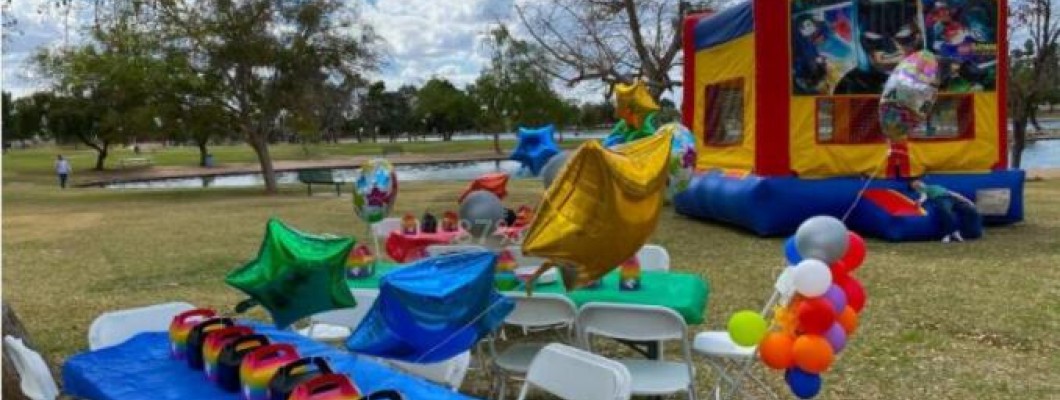
When setting up an inflatable bounce house, it's essential to consider the surface on which it will be placed to ensure the safety and stability of the structure. While inflatable bounce houses are versatile and can be set up on various surfaces, there are specific recommendations to follow to minimize the risk of accidents and damage.
Flat and Level Surface:
The ideal surface for setting up an inflatable bounce house is flat and level. This helps ensure that the bounce house sits evenly and securely, minimizing the risk of tipping or shifting during use. Before setting up the bounce house, it's essential to inspect the area and remove any debris or obstacles that could pose a hazard.
Grass or Turf:
Grass or turf is one of the most common surfaces for setting up inflatable bounce houses, especially for outdoor events. Grass provides a natural cushioning effect, which can help absorb shocks and reduce the risk of injuries from falls. However, it's important to ensure that the grass is well-maintained, free of holes or uneven patches, and sufficiently mowed to prevent tripping hazards.
Concrete or Asphalt:
While grass is preferred for outdoor setups, inflatable bounce houses can also be set up on concrete or asphalt surfaces, such as driveways, parking lots, or indoor gymnasiums. When setting up on hard surfaces, it's essential to use additional padding or protective mats to cushion the impact and prevent damage to the bounce house and injuries to users.
Avoid Rough or Abrasive Surfaces:
Avoid setting up inflatable bounce houses on rough or abrasive surfaces, such as gravel, rocky terrain, or unfinished concrete. These surfaces can cause abrasions or tears to the bounce house material and pose a safety risk to users. Additionally, sharp objects or debris on rough surfaces can puncture the bounce house, leading to deflation and potential accidents.
Secure Anchoring:
Regardless of the surface on which the bounce house is placed, it's crucial to secure it properly to prevent tipping or movement during use. Use stakes, weights, or sandbags to anchor the bounce house securely to the ground or surrounding structures, following the manufacturer's guidelines for installation and anchoring.
In conclusion, while inflatable bounce houses can be set up on various surfaces, specific recommendations should be followed to ensure safety and stability. Whether setting up on grass, concrete, or another surface, it's essential to choose a flat and level area, avoid rough or abrasive surfaces, and securely anchor the bounce house to prevent accidents and damage. By following these recommendations, you can ensure a safe and enjoyable experience for users of inflatable bounce houses.

Leave a Comment